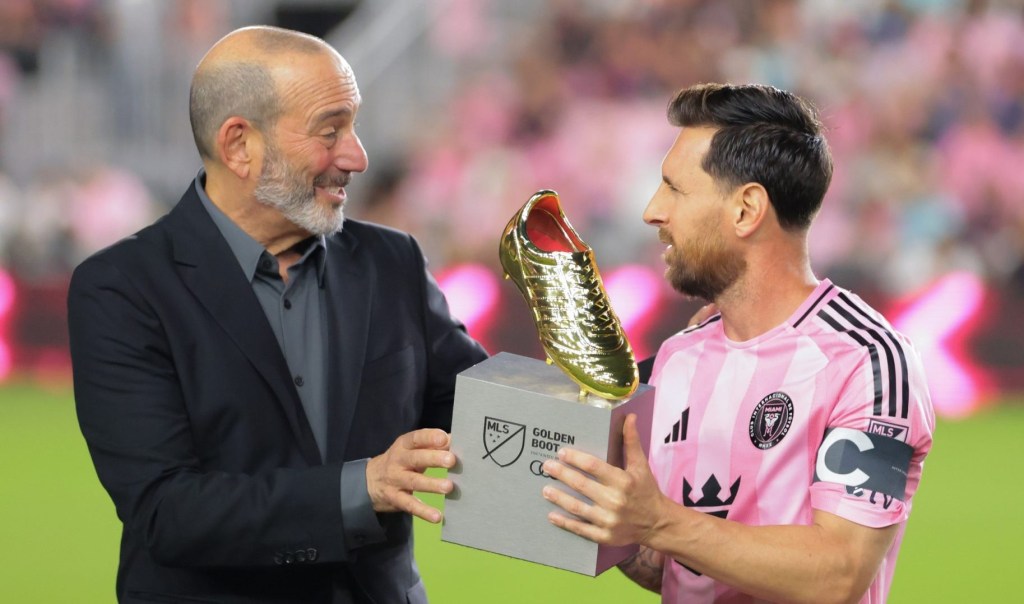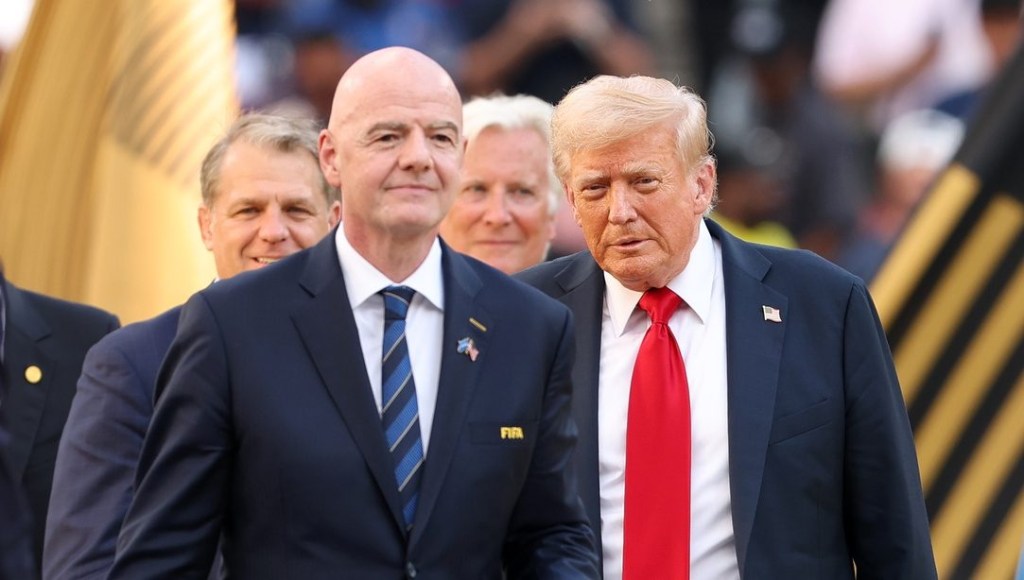NEW ORLEANS — Super Bowl LIX may ultimately earn the moniker the Security Super Bowl, or maybe the Super Bowl of Security, following the New Year’s Day terrorist attack on Bourbon Street. So will visitors appreciate it, or could the fun get ruined if the city feels like a soft police state?
The week needs to play out first to ascertain just how heavily patrolled the roads and sidewalks of New Orleans are, but there are more than a few hints it could be overwhelming. NFL head of security Cathy Lanier told reporters last week that security will be obvious; and Eric DeLaune, special agent in charge of Homeland Security Investigations who is leading Super Bowl LIX federal coordination, told ESPN his goal is to have a presence on every downtown street.
Security at a host city’s stadium has long been tight, and the Department of Homeland Security designates the game with its second-highest security rating, which allows for federal personnel to help secure the contest and the surroundings. But the New Year’s Day terror attack heightened security concerns outside the Caesars Superdome’s highly guarded perimeter to the bustling streets.
A security perimeter is in place around the French Quarter this week, meaning bag checks and bans on some items. While it won’t be as difficult as navigating security entering the Superdome campus, revelers can expect long lines where none had existed before. This may well be the new normal at big events that sprawl over many days and city blocks.
“You’re seeing this in places like, not just the Super Bowl, but even the NBA, which has these parties outside that could have five [thousand] or 10 thousand people attending,” said Mike Rodriguez, the former director of security at the US Open Tennis Championships, and who was on the DHS sports leagues sub-sector council with Lanier.
It’s plausible for every downtown New Orleans street to have a physical security presence, he continued. Even if that deployment doesn’t prevent an attack, the near-instant communications to the local, state, and federal officials on the ground is a great help, he said.
How much extra security this Super Bowl is ingesting, and what changed with the strategy after Jan. 1, Lanier declined to divulge. Pressed several times to quantify, she replied, “I can’t elaborate on how much more security. There is quite a bit of security that comes with this tier-one rating which gives us quite a large footprint. But I can’t really comment on how much different it was than the last Super Bowl.”
Rodriguez is sure the NFL has what it needs.
“I know from speaking to Cathy, first of all, they have the most law enforcement people associated with their command center than any event in the world. Okay, so that they have already, but I’m sure if there’s something else needed, she probably won’t have a problem getting it.”
How the 100,000-plus visitors to New Orleans this week react to the security enhancements will surely vary. Some will be like former NFL head of events Frank Supovitz, who will be in town this week and says he’ll feel reassured. For others, it could remind them of lurking dangers.
Within the NFL it’s long been said the safest place on Super Bowl Sunday is the venue itself. Now, will that adage apply to downtown New Orleans?
Passing the Taylor Swift Test
If this Super Bowl becomes known for its steep security presence, the last one in New Orleans is the game when the lights went out. Entergy, the utility company that powers the Superdome, assures that a repeat is not in store.
“The issue that caused the partial power outage at the beginning of the second half of Super Bowl XLVII was addressed in 2013 and the necessary repairs and upgrades were made at that time,” Neal Kirby, a company spokesman said. “We discontinued using the protection relay equipment that led to the partial outage.”
It’s a bit rich to call it a partial outage—the lights remained on elsewhere in New Orleans. But they were largely all out at the Super Bowl, with some thinking a terrorist attack was underway. Kirby makes the compelling point that the Superdome has since hosted many big events.
“One of the most significant tests of our readiness ahead of Super Bowl LIX was the three nights of Taylor Swift concerts held in the Superdome last October, bringing a total of nearly 200,000 attendees. Some called that weekend the ultimate tabletop exercise. Our systems performed as expected throughout the entire Taylor Swift concert weekend. We feel confident our systems will perform successfully during Super Bowl LIX.”
Evan Holmes, general manager at the Superdome, when asked what the venue had done to ensure the lights would stay on, said, “The issue we had in 2013 was not a building issue. It was from our utility provider. They had an issue with some of their gear.”
In 2013, the NFL did not have backup generators on hand, Supovitz said, adding he brought them in for the following Super Bowl. But Holmes said operating procedures are different today. “You have backups where you need them or you want them, and that’s kind of a standard operating procedure in our business. We’re feeling really good about the redundancy.”
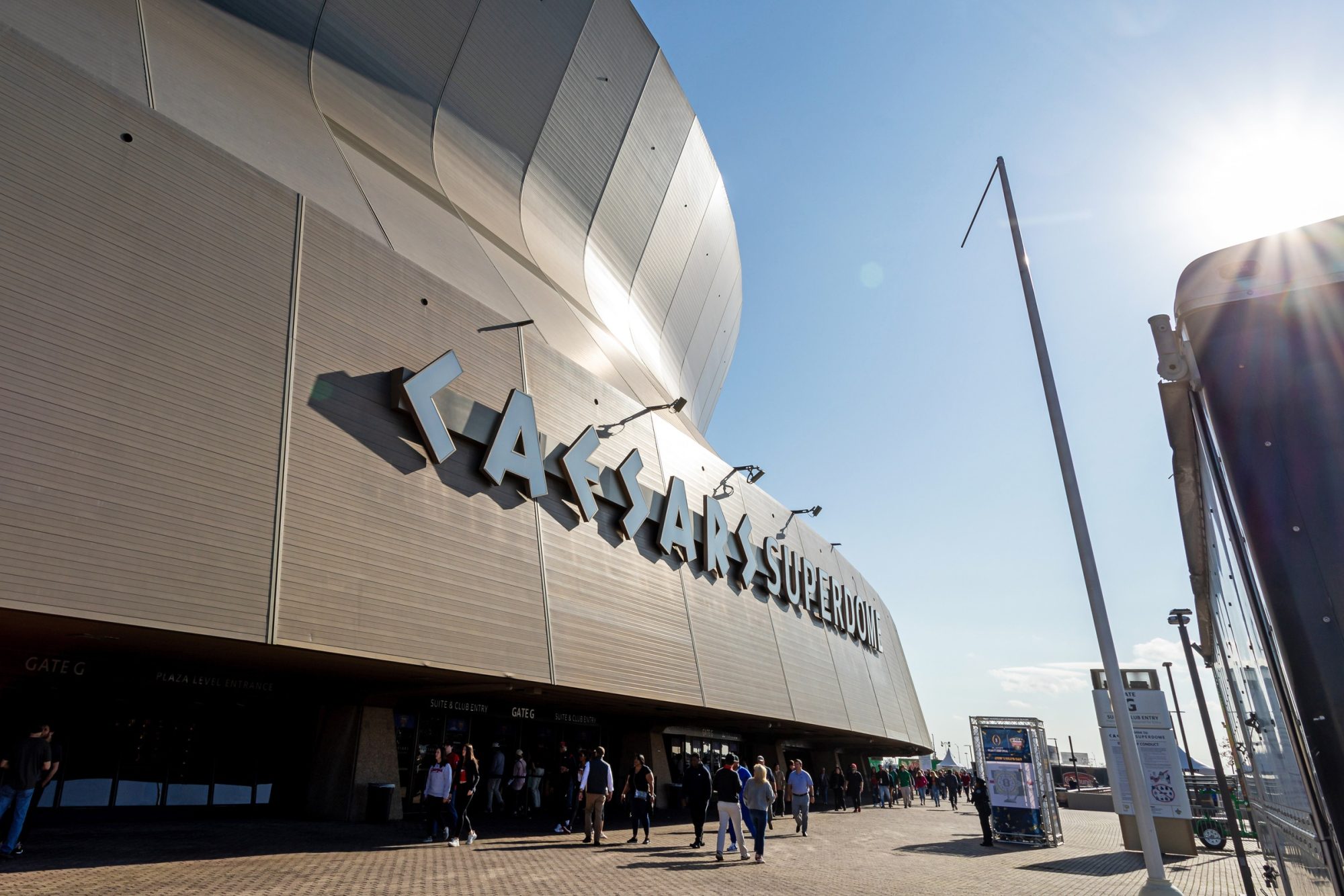
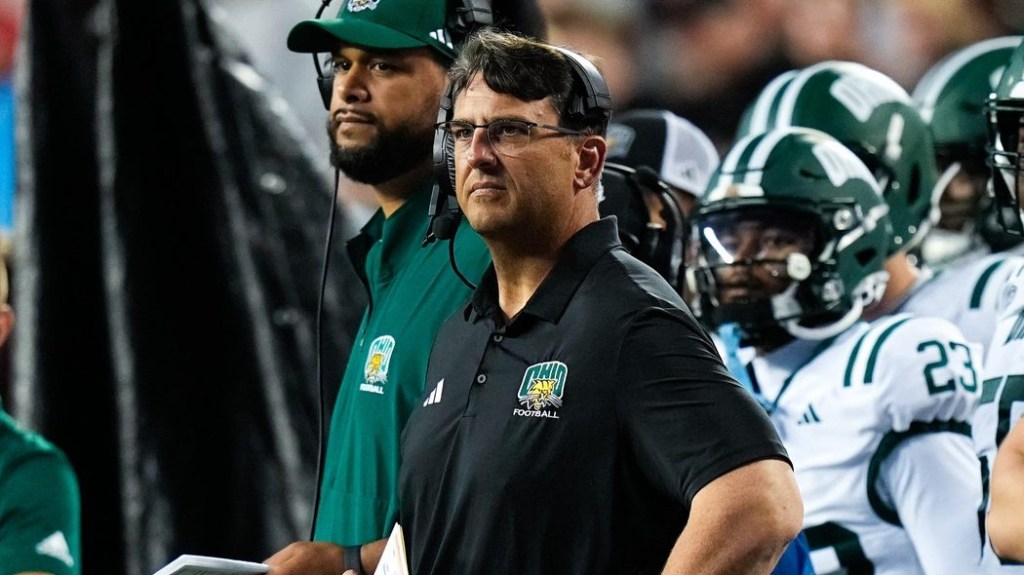
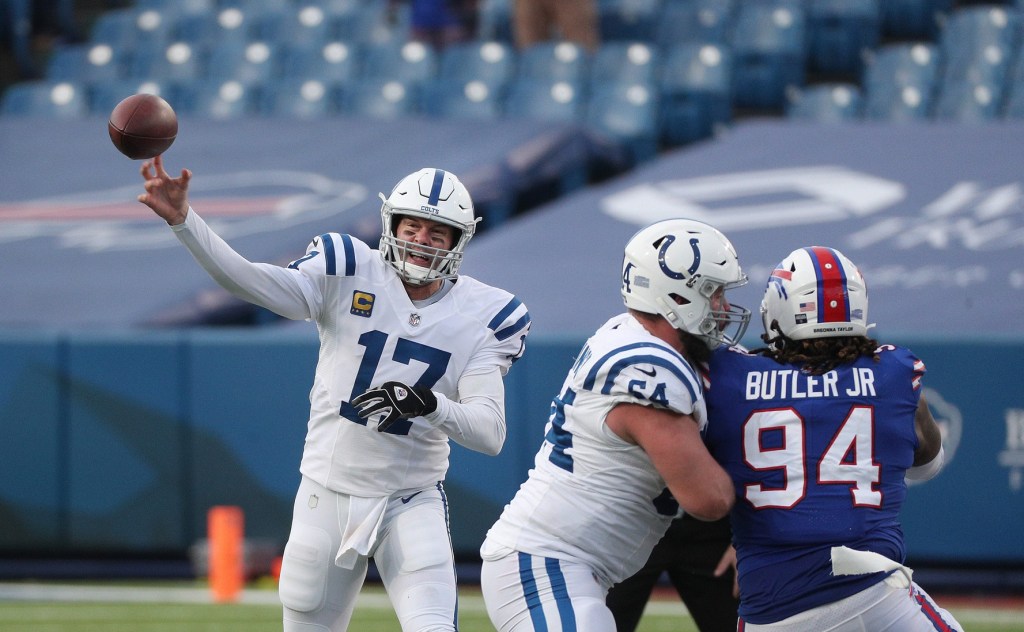
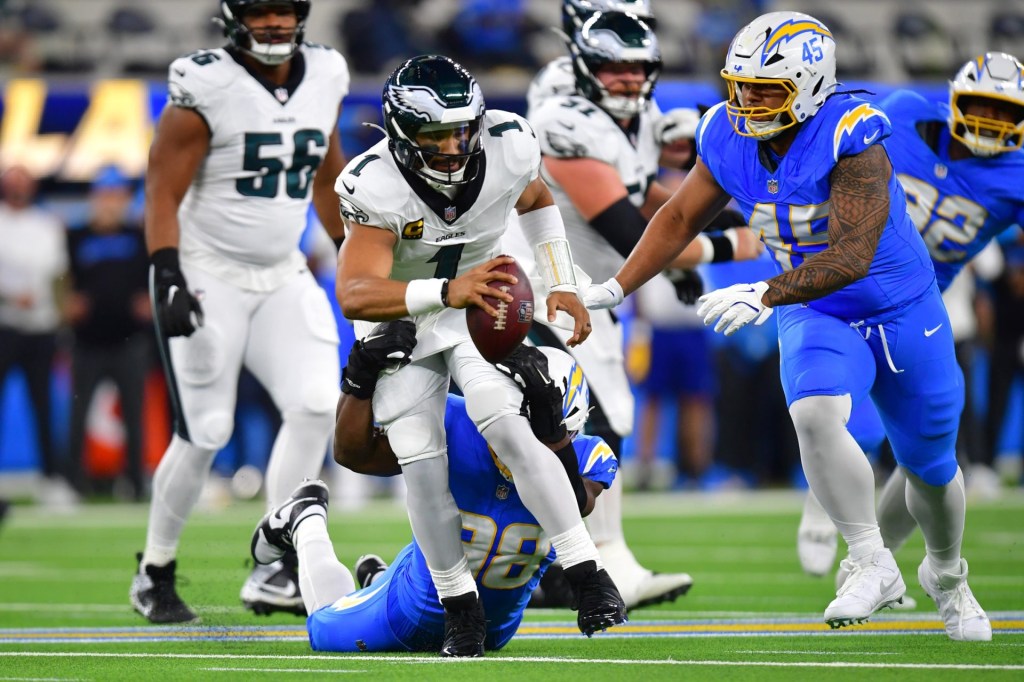
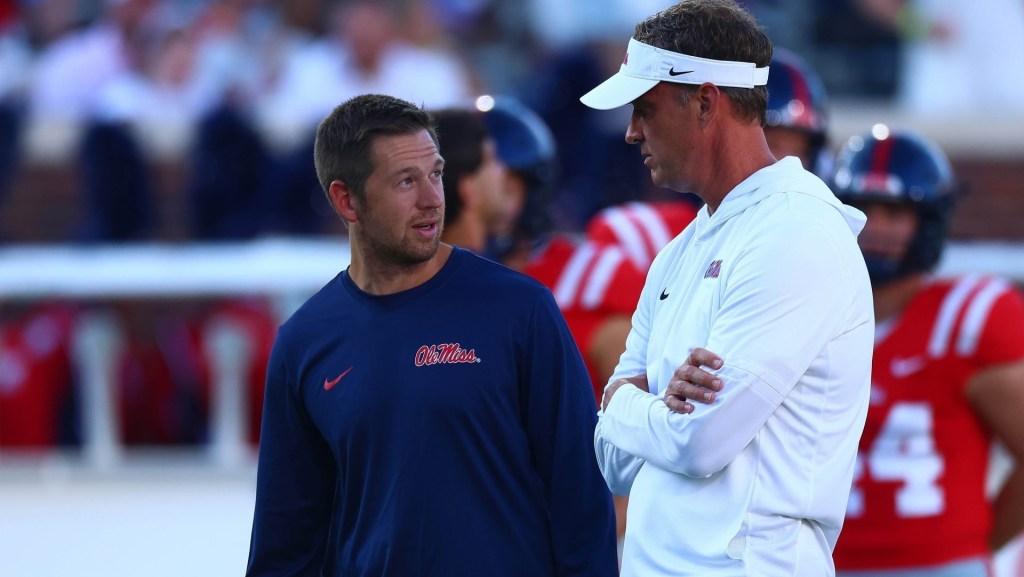
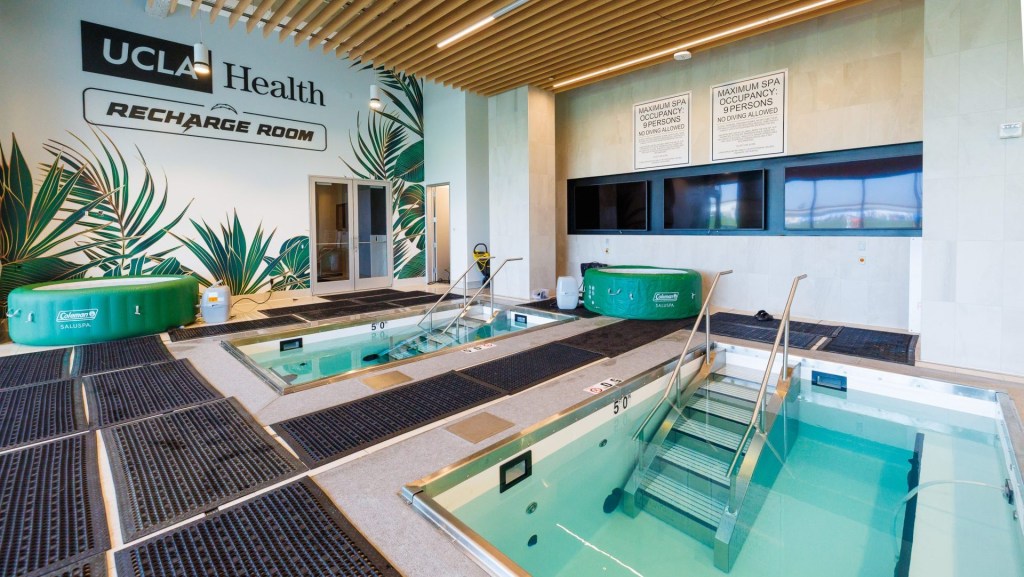
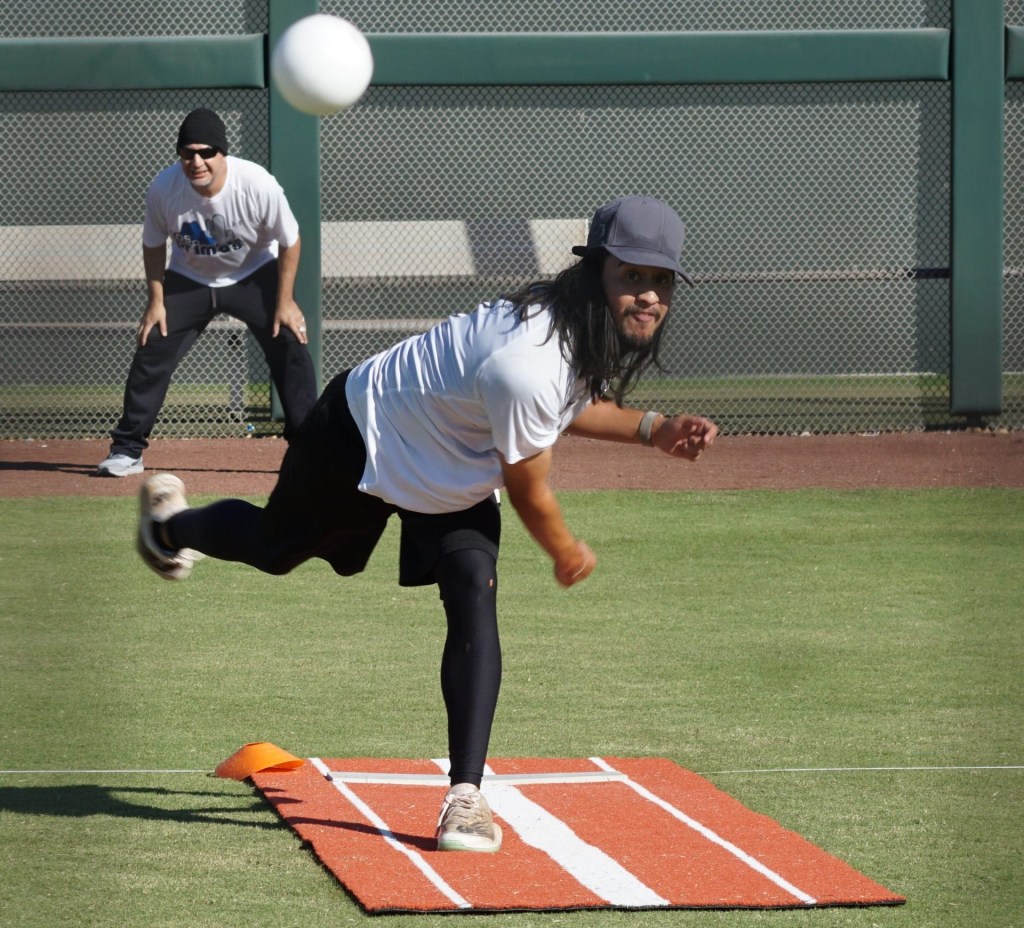
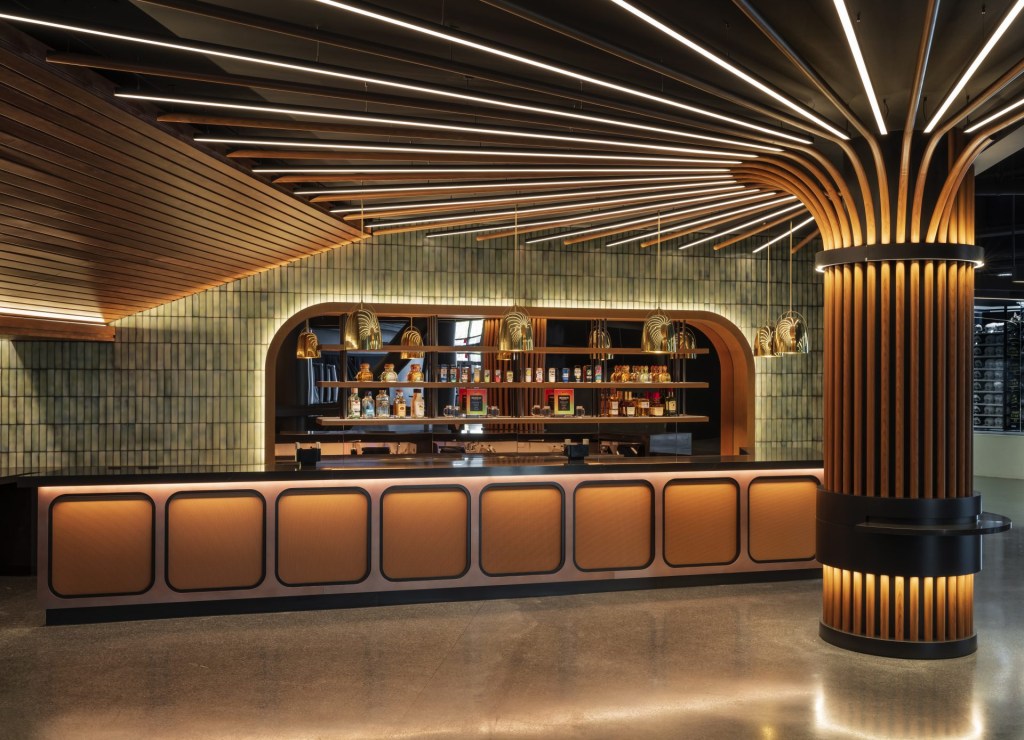


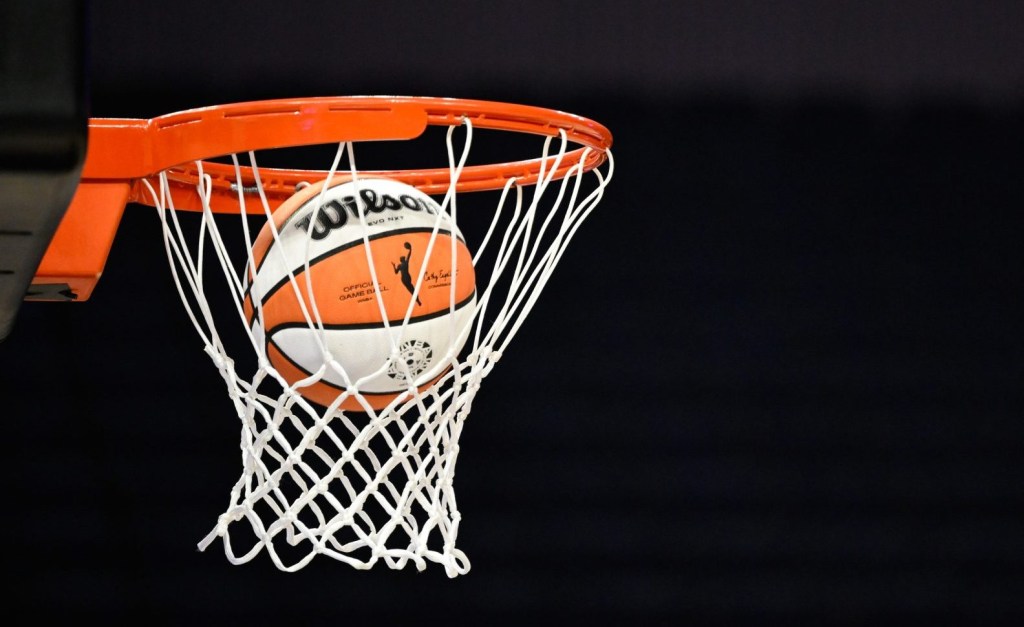
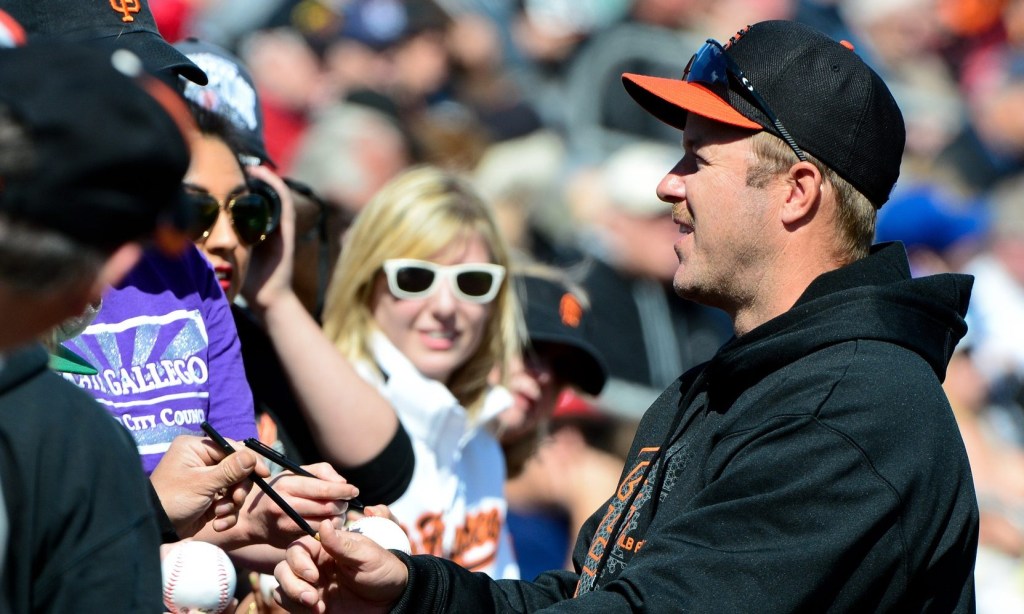
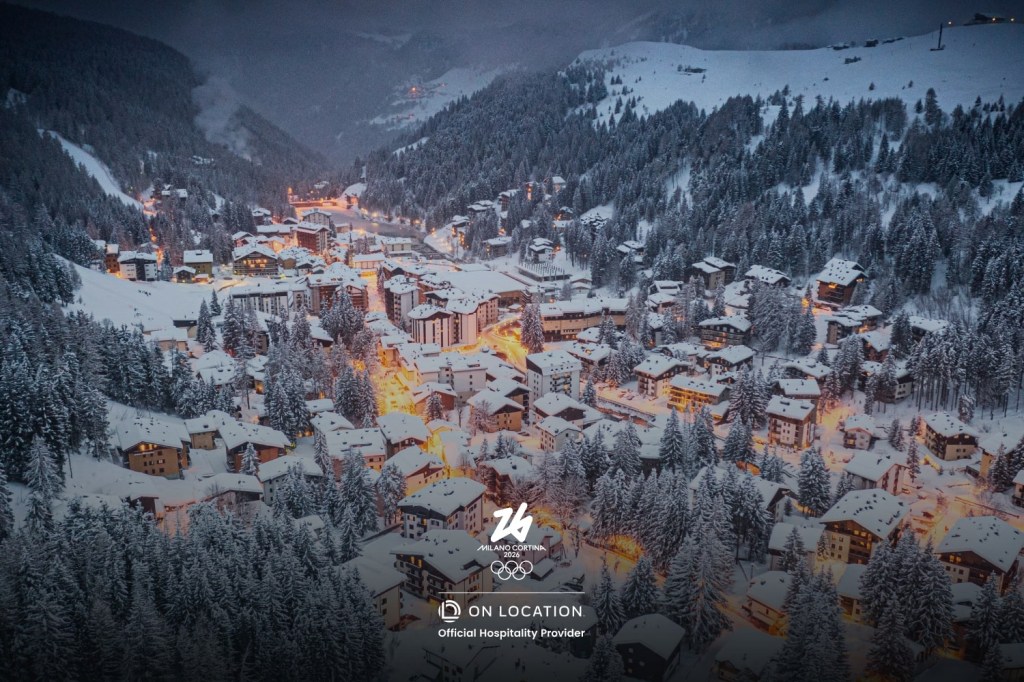
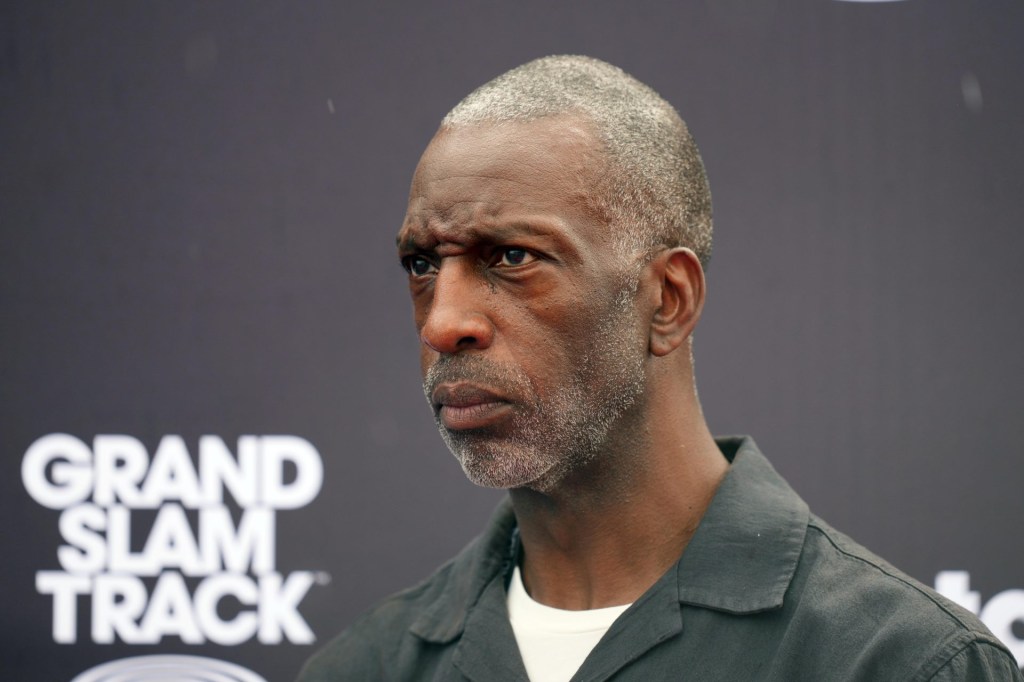
![[US, Mexico & Canada customers only] Dec 5, 2025; Washington, District of Columbia, USA; United States of America President Donald Trump, FIFA President Gianni Infantino and Canada Prime Minister Mark Carney watch from the stands during the FIFA World Cup 2026 Final Draw at John F. Kennedy Center for the Performing Arts.](https://frontofficesports.com/wp-content/uploads/2025/12/USATSI_27745262_168416386_lowres-scaled.jpg?quality=100&w=1024)
